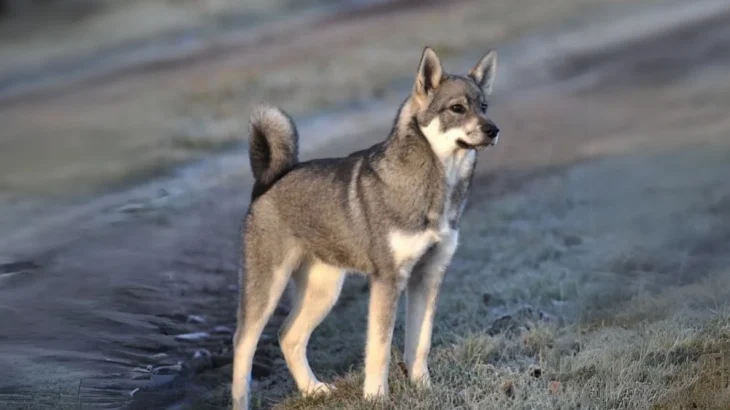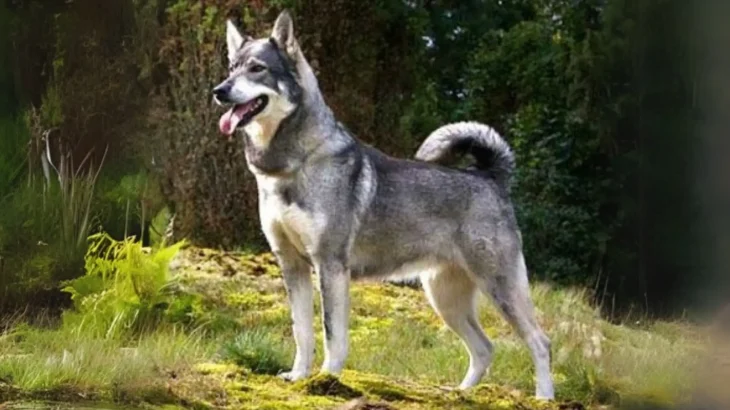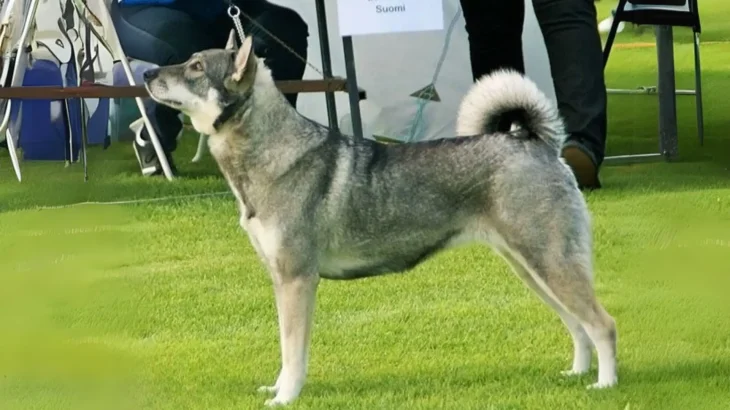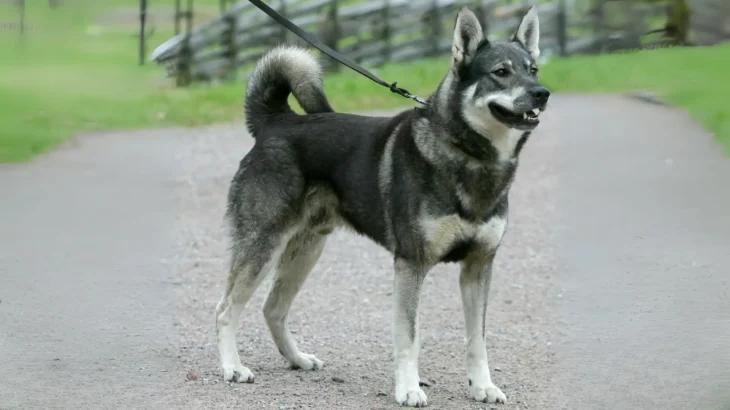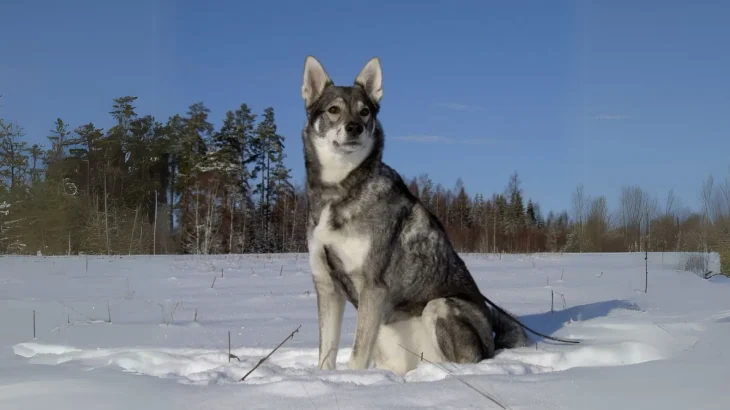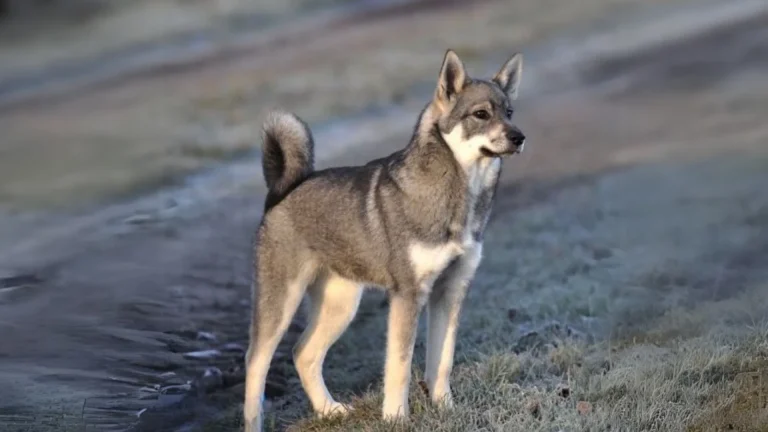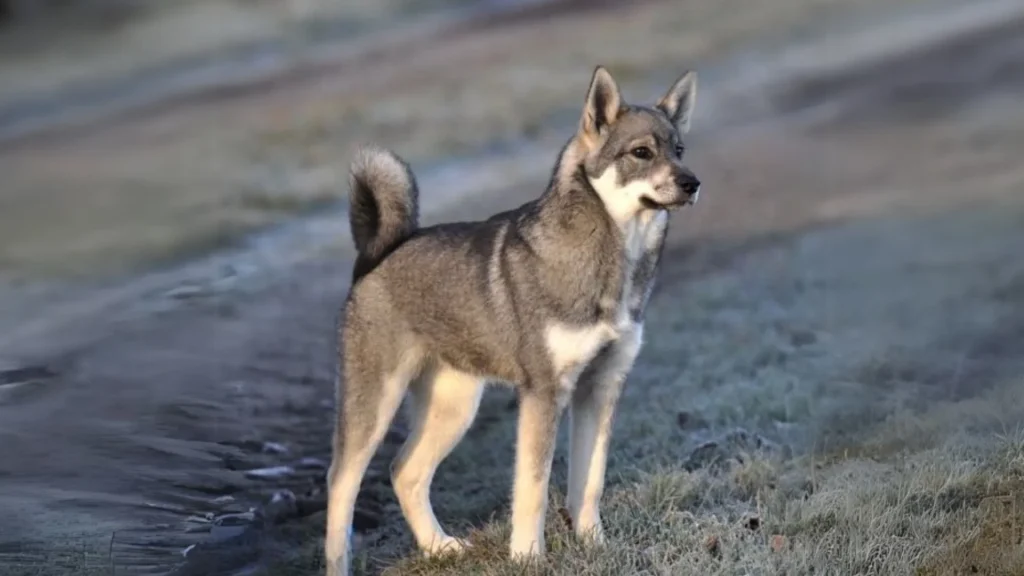Choosing between adopting or purchasing a Swedish Elkhound puppy boils down to balancing factors like cost, health transparency, and ethical preferences. Buying from a breeder usually guarantees breed purity and a known health history, while adopting often offers a chance to rescue a dog but with less certainty about background.
Adoption vs. Breeder: Pros & Cons
| Criteria | Buying from Breeder | Adopting from Shelter/Rescue |
|---|---|---|
| Cost | Typically higher, reflecting purebred status and breeder expenses. | Generally lower adoption fees, potentially including vaccinations and neutering. |
| Health History | Comprehensive health screenings and pedigree details provided. | Health history may be incomplete or unknown; basic health checks performed by shelters. |
| Age Availability | Primarily available as puppies, allowing bonding from early life. | Wide range of ages, including adults and seniors looking for a second chance. |
| Temperament Insight | Breeder knowledge of lineage can inform temperament expectations. | Shelter staff can share observed behaviors, but genetic history is less clear. |
| Ethical Considerations | Supports responsible breeding when choosing reputable breeders; risk of supporting puppy mills if not careful. | Supports animal welfare by giving homes to dogs in need and reducing shelter populations. |
| Breed Purity & Pedigree | Guaranteed breed purity and documented lineage. | Breed purity uncertain; may be mixed or purebred but without paperwork. |

